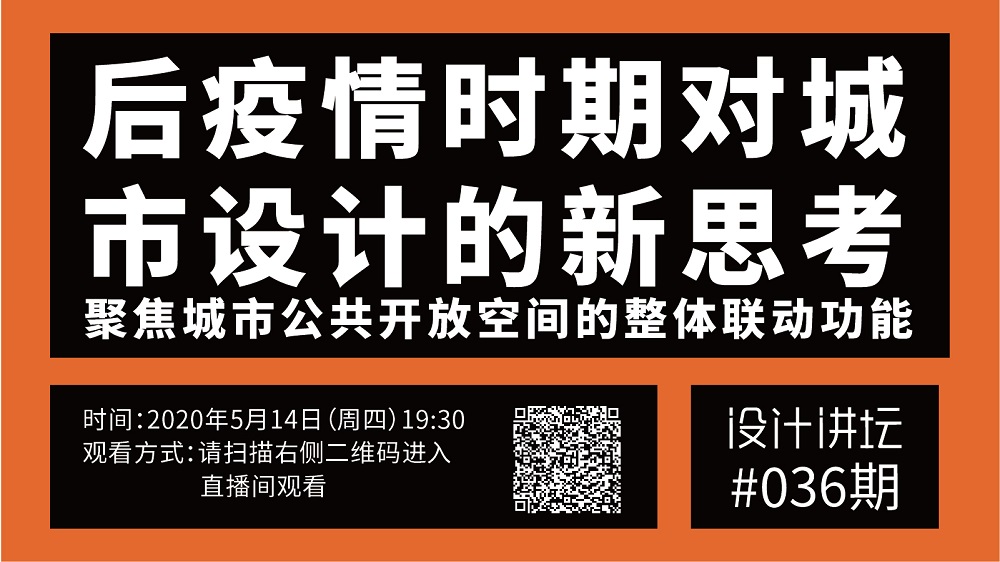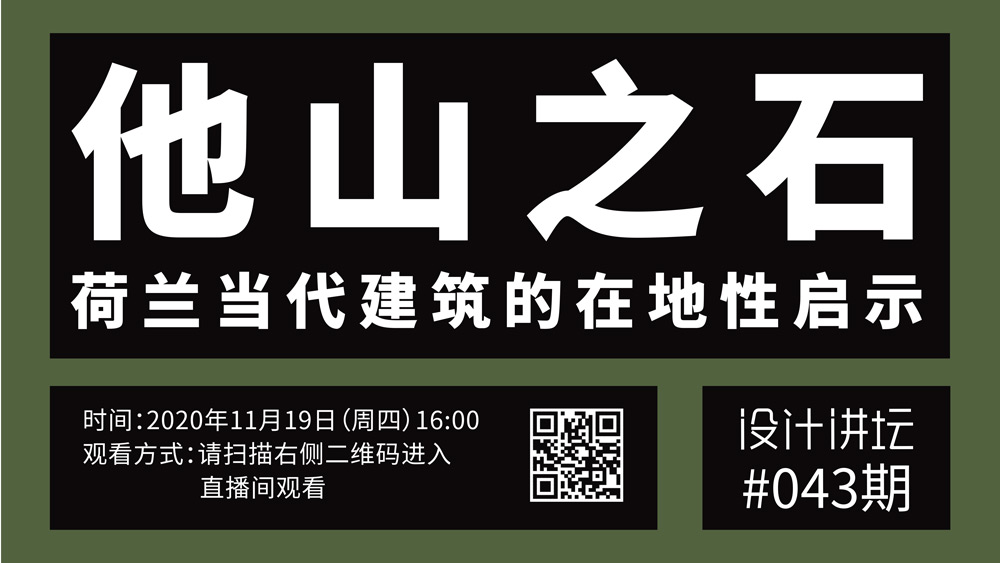- EVENT >
- DESIGN FORUM >
- DETAIL
SASAKI, waterfront space and urban renovation

2020-05-14

线上
19431 Reads
SUMMARY:
第36期设计讲坛以采访的形式进行,由Archiworld进行采访,迈克尔·格罗福先生对公园城市理念、世界级滨水区、城市更新与生态平衡发展、未来城市展望等话题作出回答,并与10位特邀嘉宾一起就后疫情时期城市公共空间建构、自然与人居环境的关系、未来社区环境的展望展开讨论。
活动顺利完成了与波士顿、北京、上海、深圳、珠海、广州、天津、武汉、成都、大连的Zoom连线,在100分钟的对谈中共计1万余人持续关注本场连线。
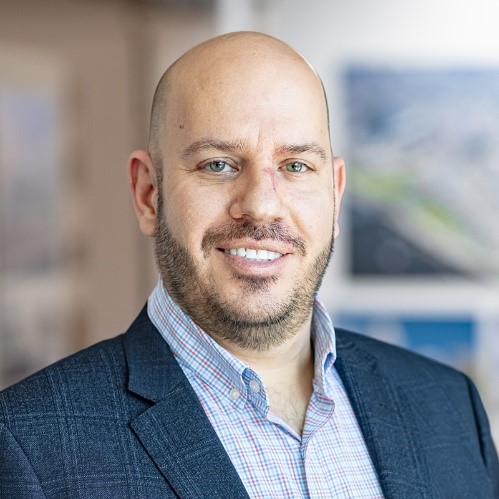
Michael Grove
ACTIVITY REVIEW
Topic A · SASAKI
Q1. About 8 years ago, I first knew you as the youngest partner of SASAKI and you have witnessed nearly 1/3 of SASAKI’s history. Over the last 20 years, how did you and SASAKI grow together?
I’ve been lucky enough to be at SASAKI for 22 years. It was my intention after graduating to come and work in a large firm for maybe two or three years just to gain some experience and do something different. But what really seems to make me choose SASAKI and stay in SASAKI was kind of the academic nature of the firm.
There is so much inquiry. There is so much research going on within the firm. I think that I didn’t realize that a design firm could be like that. I always thought that they would be more geared toward doing projects. But SASAKI has been an evolution for me professionally of learning more that from all those associated disciplines that we work with, whether it’s ecologists, civil engineers, architects and planners. Everybody together is solving things, very complicated issues.
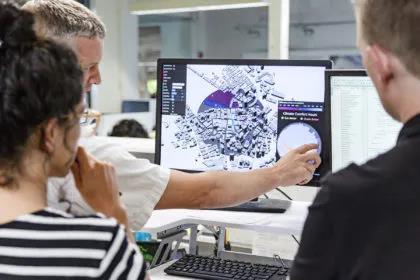
And to me, it was so much of a greater experience than I could have gotten if I had gone to school for another 10 years., just because there was so much rich knowledge happening within the firm. And so what I’ve seen in term of SASAKI’s growth is even more of a commitment to doing that kind of research and deep thinking in our projects, understanding that there is no one single solution, there is no one single author of the projects, but to look at each one very uniquely and to really do a deep dive into understanding all of the things that are going to influence our design decisions.
Q2. Experts from different fields, such as urban planners, landscape architects and ecologists, are always highly collaborative in SASAKI projects. How does your team efficiently work together?
That’s a great question. I think one of the hallmarks of SASAKI is our interdisciplinary practice. That was something that Hiroshi Sasaki started the firm after teaching at Harvard really believed in -- getting people from different areas of expertise together to solve problems.
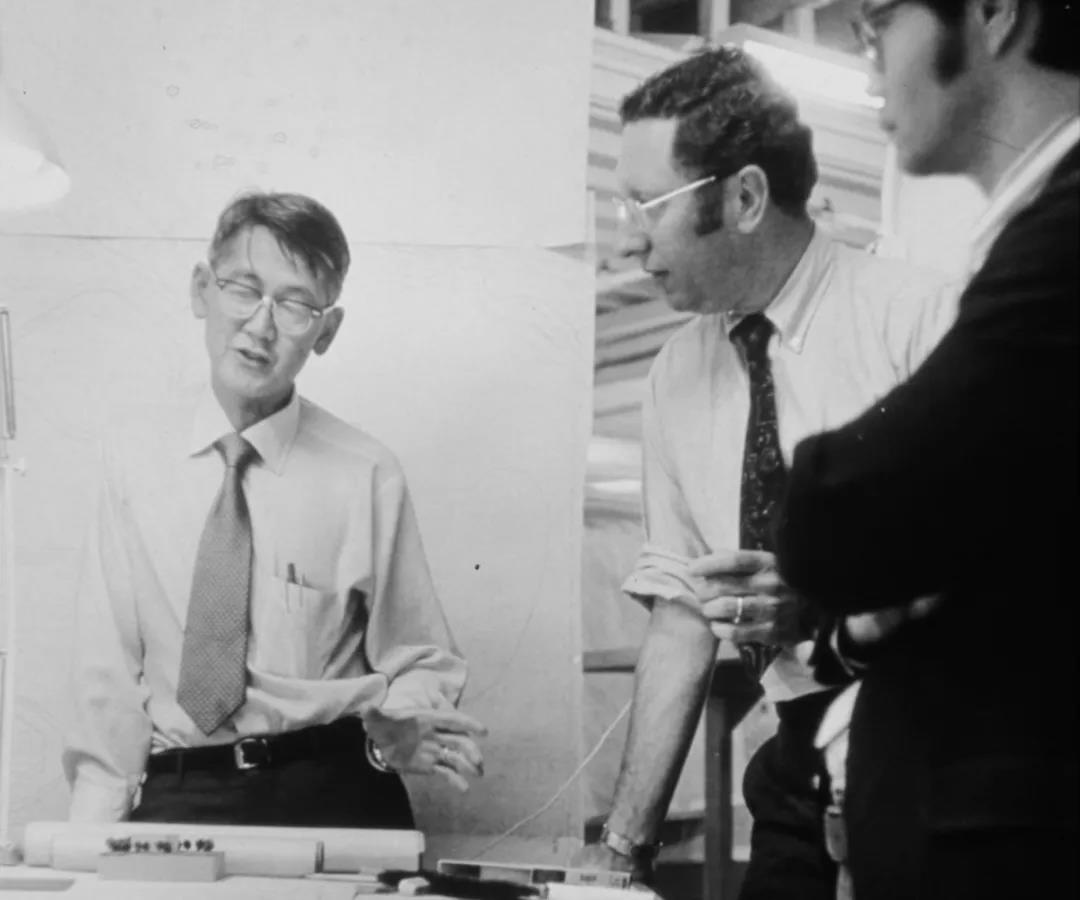
We realize that landscape architects working independently could never solve complicated and complex projects, so we’re organized a bit differently than many other design firms in that we don’t have kind of consistent teams working in any one specific region or any one specific project type. We deliberately mix our teams, depending on what’s the most relevant issues of that particular projects are.
So it’s a much more kind of sensitive environmental landscape condition. We may have more ecologists, or civil engineers and landscape architects on our team. It’s an urban design solution that requires us to think really holistically about our architectural approach. There may be more architects working with urban designers and landscape architects to bring a more cohesive vision.
So we are constantly shifting people that allows everybody to grow beyond their initial area of expertise and comfort zones so that you are exposed to a range of project types and you are bringing your specific knowledge and expertise to those project when it’s the most important for that project.
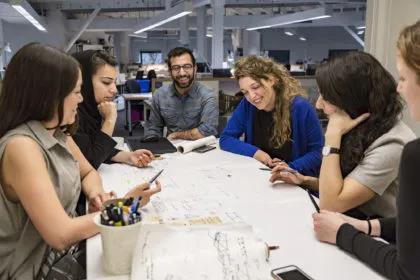
Q3. SASAKI has proved that the best projects result from a coordinated effort between clients and designers. Would you like to share some successful cases that you and your clients achieved the desired solution together?
It's really difficult to name any one project that I think it's a hallmark of SASAKI because they're all so unique in tackling different things. I mean, there are kind of the projects that are interesting, design solutions that have won awards. There are maybe lesser known projects that have been incredibly valuable to the community that they served and brought people together and created a kind of a sense of pride in place and where they live.
There are projects that have been financially successful for clients, bringing them great economic success. So there are so many different aspects that we can use to measure success. Some are incredibly sustainable plans for buildings or some of the world's first well-certified buildings, so it's hard to kind of pick and choose favorites.
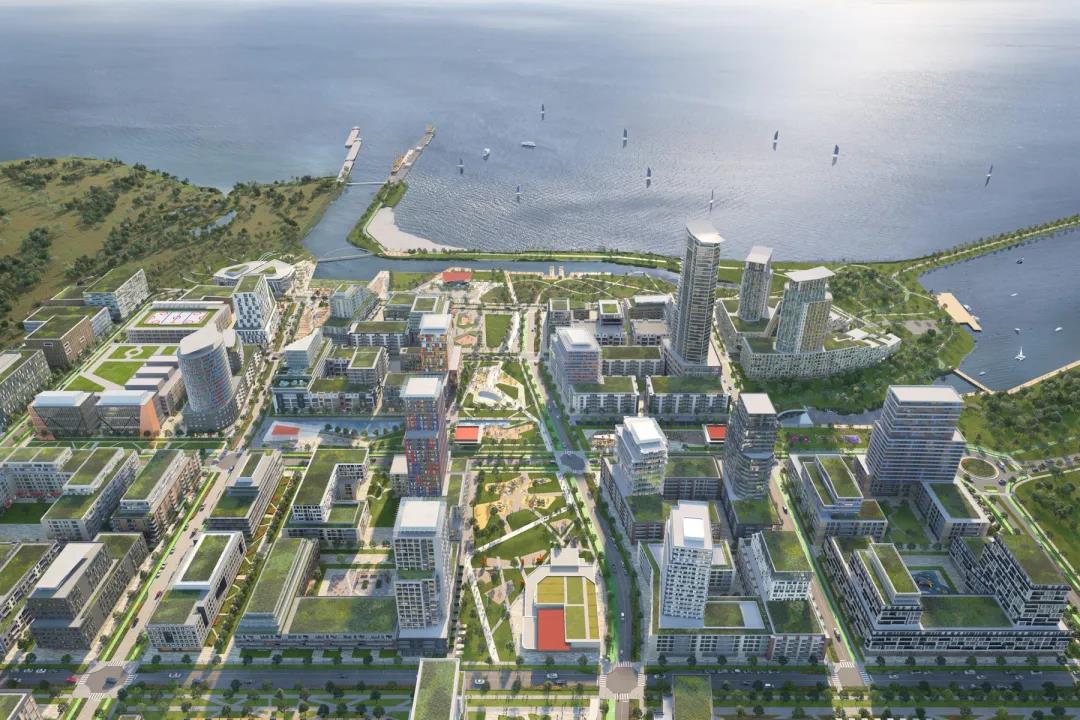
But every criterion for picking what is kind of the best projects really depends on who you ask, whether you ask us as designers, whether you ask the client, whether you ask the community that it serves. And I think what's the beauty of the project is we're not looking at it through a single lens like aesthetically. This is a great project. Therefore, we think it’s a winner. There are so many different factors that play into that.
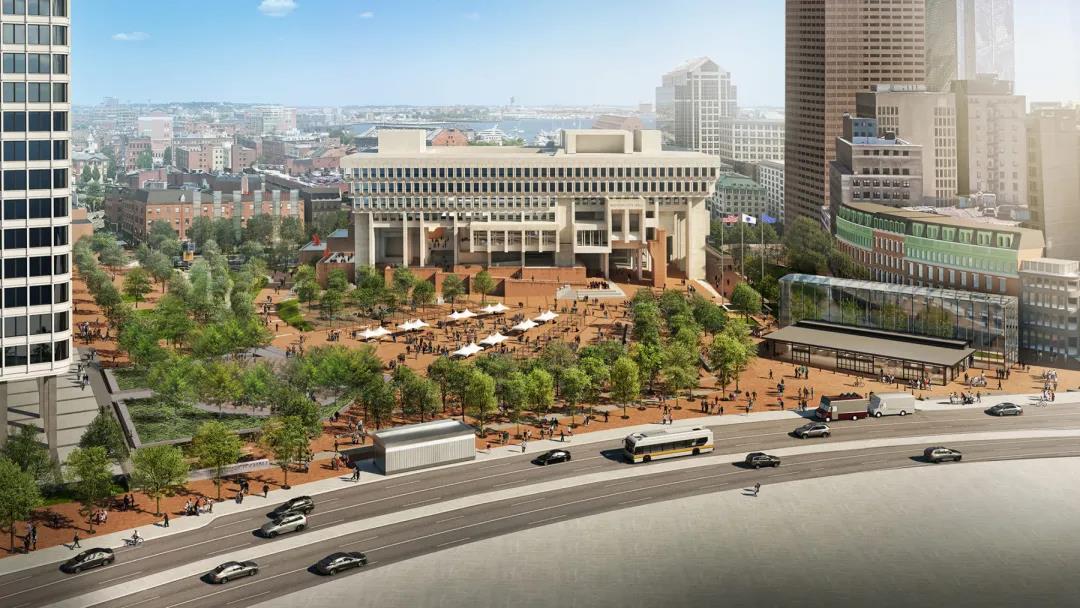
Topic B · Waterfront Space
Q4. From Chicago Riverwalk Expansion to Boston Harborwalk Park, SASAKI is quite experienced in upgrading of waterfront space. What do you think are the most important characteristics for an ideal waterfront space?
People are drawn to water. We know that from aeons of human history. There's just something that attracts us to being near the water's edge. Now we see that in contemporary cities where the waterfront access and views drive real estate values, and so there's a very tangible need for us to be near the water.
To me, the most successful projects are the ones that allow people to get close to and interact with the water, not to just think of it as a visual amenity that you're walking along or looking at, but something that draws the community down, has everyone kind of near the edge, allows for kind of gatherings; a place to be with other people, watch other people, interact with urban life happening around you.
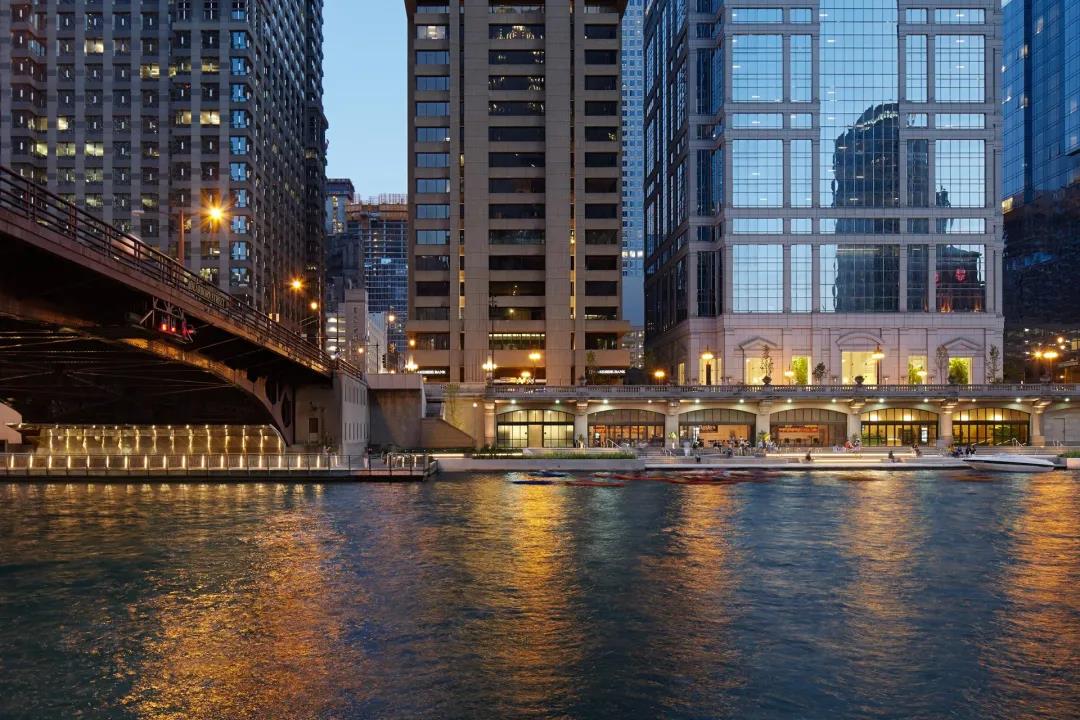
So we wanted to be a place that's kind of celebrating here around that has different attractions and amenities that continue to bring people to the space, so it feels new and different every time they go there, a new experience every time you visit and to make sure that it's something that feels accessible and welcoming to everyone and not the exclusive realm of the few people who can afford to live nearby.
Q5. In the planning of the Beijing Tongzhou subsidiary city, the public sectors are trying to preserve the memory of the Grand Canal in Tongzhou. Would you give some suggestions for the promotion of the waterfront in Tongzhou?
I worked a little bit in Tongzhou around Songzhuang and know the area and certainly appreciate this incredible history of the Grand Canal in China and its importance in trade and culture and commerce throughout the centuries.
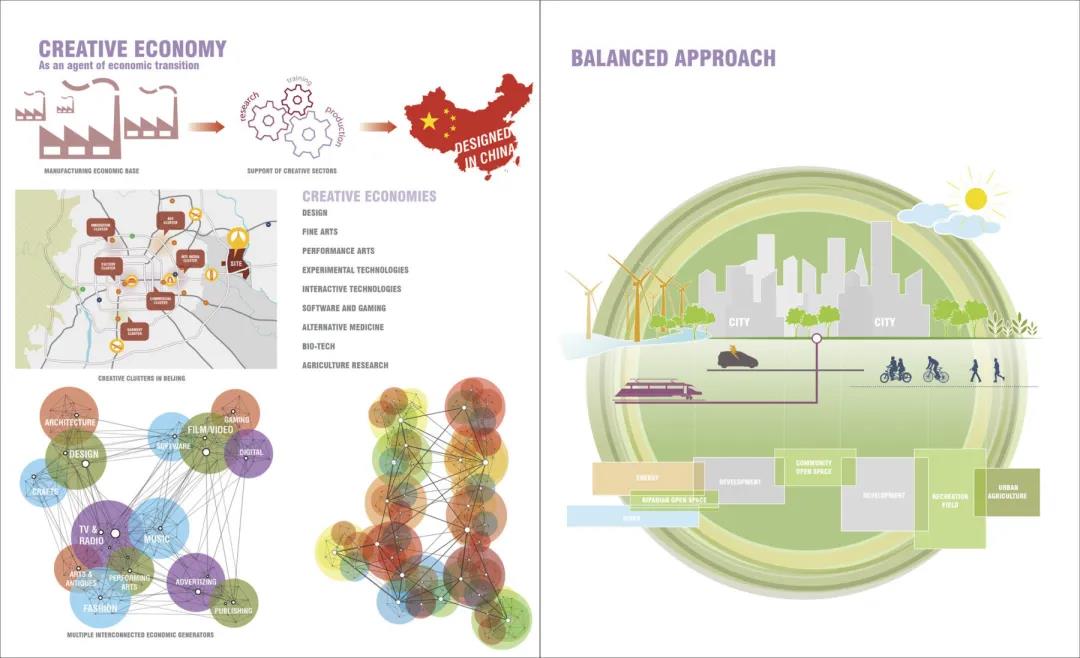
So I think an important thing for the Grand Canal is to celebrate that entire history of the influence it has had not only in Tongzhou, but in all of China, I'm finding a way to tell the story of the Grand Canal’s importance, its evolution, how it allowed for so much expansion and growth of China through trade and movements of goods.
I think if you can use the landscape to kind of tell that story, tell its evolution, its incredible human infrastructure and engineering solutions, there are so many stories that can be told in layers. And certainly we want it to be a beautiful place where people could come and visit like the Chicago Riverwalk. But we also need it to go deeper.
I think you tell the meaning of the importance of the Canal to everyone who visits, whether you're a Chinese citizen who kind of understands the history or you're visiting from elsewhere in the world and you don't know anything about the Grand Canal. When you visit, what can you take home and remember from that experience? And I'm going to take a little bit of that history and memory with you when you visit.
Q6. In southern China, cities like Shanghai are planning world-class waterfront space. We believe that SASAKI has extensive knowledge in this area. Speaking of waterfront, how would you define ‘world class?
I mean there are some cities around the world that are very notable examples of what we would call a world-class waterfront space, like Vancouver comes to mind where the entire city finds a way to celebrate the water. So no matter what neighborhood you are in, there's always a view to the water or some way to kind of access to the water, move on the water, whether through a water taxi system, something like that.
The water becomes the center of focus and activity of the lifeblood of that city. I think world class can mean different things to different people. For me, world class is something that would attract visitors, international visitors, a place that they want to check out their bucket lists to visit because it's a beautiful place, or it's a very kind of exciting experience. They know that they're going to see something really interesting when they go, so it could be a small element.
You know, there's a beautiful opera house in Oslo, Norway that reaches down to the water. It could be more of an experience like walking along the Thames in London, where there are all kinds of different markets and retail shops and promenades and people watching an historic attractions. Or it could be in a smaller city like a project we've done in Cincinnati, where it's about the community coming to that waterfront for a recreation and sporting events to bring their families for play.
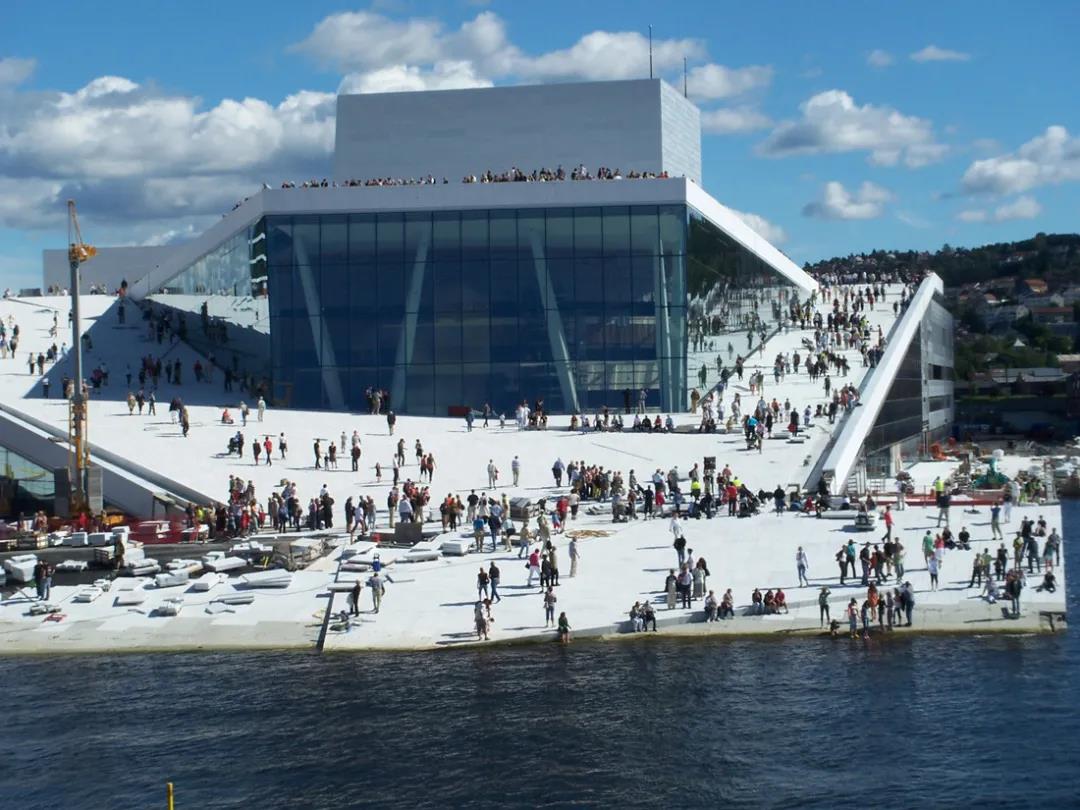
So there are a number of different ways of defining it, whether you're trying to attract international tourists, whether you're trying to really kind of create value for your daily residents of the city. To me, a world-class waterfront does all those things that attracts all walks of life that brings international visitors, it provides a sense of place and pride for the people who live in the city, and it gives them kind of the important daily activities that they're going to bring their family to you every weekend.
Topic C · Urban Renovation
Q7. Urban renovation is a dynamic developing process, and we could never know how the block will change next. In this case, what are the most important factors should be taken into account during the design progress?
I think urban renovation and urban infill is one of the most important things we need to be focusing on now as planners, urban designers and landscape architects. You know that most of the world is going to be living in cities. Urbanization is increasing, even in the wake of the Coronavirus, and I think people are understanding the importance of community and city and how much we can have missed that human interaction.
And I don't think that will change because of a virus. To me, cities and density are more important than ever after this pandemic. We understand that the more we disrupt natural habitats and create ecological fragmentation through suburban sprawl and kind of moving out further international areas, the more we're disrupting this very delicate cycle of the planet.
So building within our existing urban areas densifying those, creating new experiences with them, whether it's landscapes or streetscapes or waterfronts, really thinking about spaces for people. That's the most important thing we can be doing right now as designers on the planet, really focusing on the importance of the city as where human should really be living.
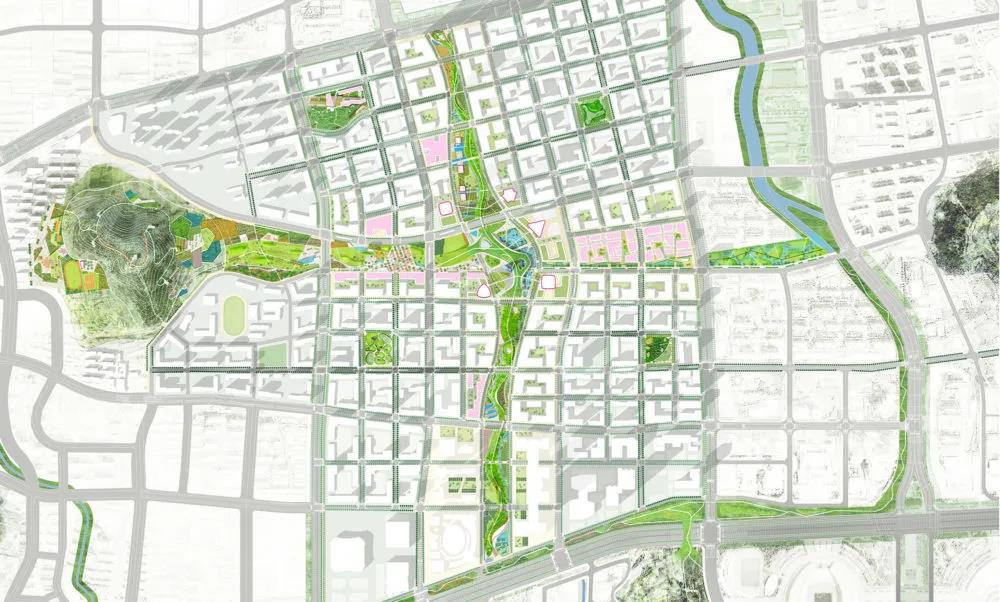
So I think in terms of how you think about flexibility, you need to think about what future human use might be on the site, so not necessarily creating signature iconic architecture that serves one purpose, but thinking about multiple uses and multiple purposes for the building's you're creating, and also having a flexible place and footprints for those buildings such that they can change and evolve.
But most importantly, thinking about the public space -- how does the entire landscape experience weave through these spaces, interact with the buildings, create a continuous, public realm experience for people, and also give you some flexibility for how to use that landscape in the future? I need to create more building space there. So infill is kind of what we should be focusing on and avoiding kind of single used buildings and thinking more about mixing uses.
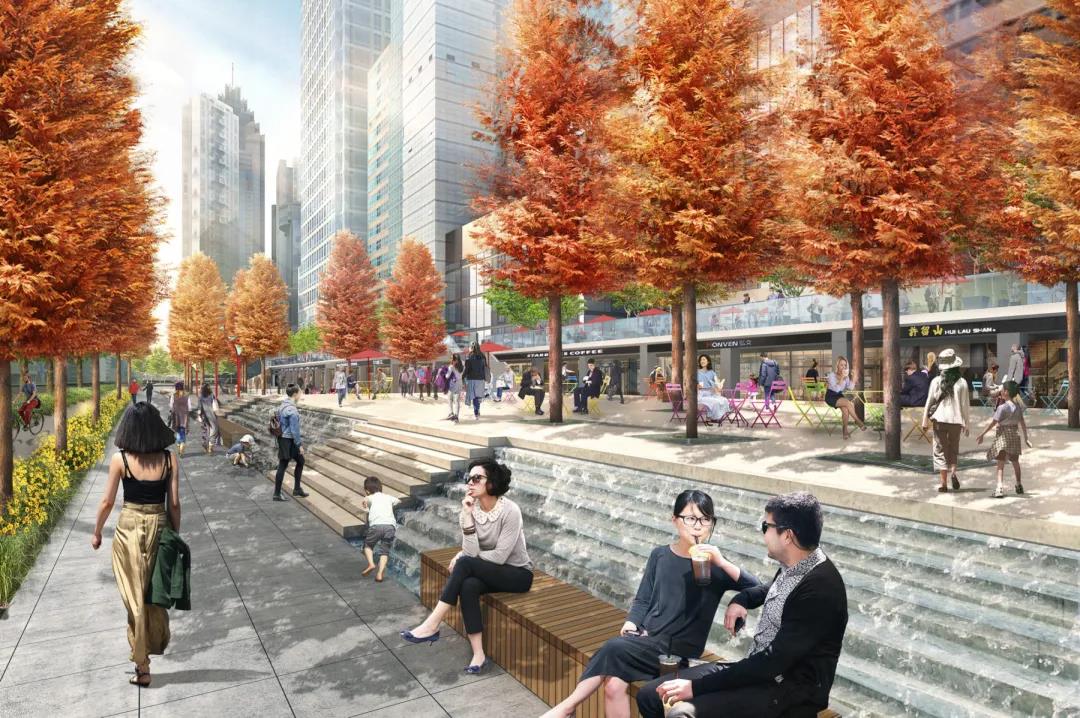
Q8. Urban development always comes with problems. How does SASAKI harmonize the conflicts between ecology, economy and vitality when facing complex challenges in urban development?
I think one way we approach it that seems to be successful is not thinking at them as complex, but looking at opportunities for integrating them and understanding how they work as a system that influences each other. If we look at ecology, I don't think ecology is necessarily at odds with urban development. I think we just need to be smarter about how we integrate the environment and make sure that we have a productive and ecologically sound landscapes within our cities.
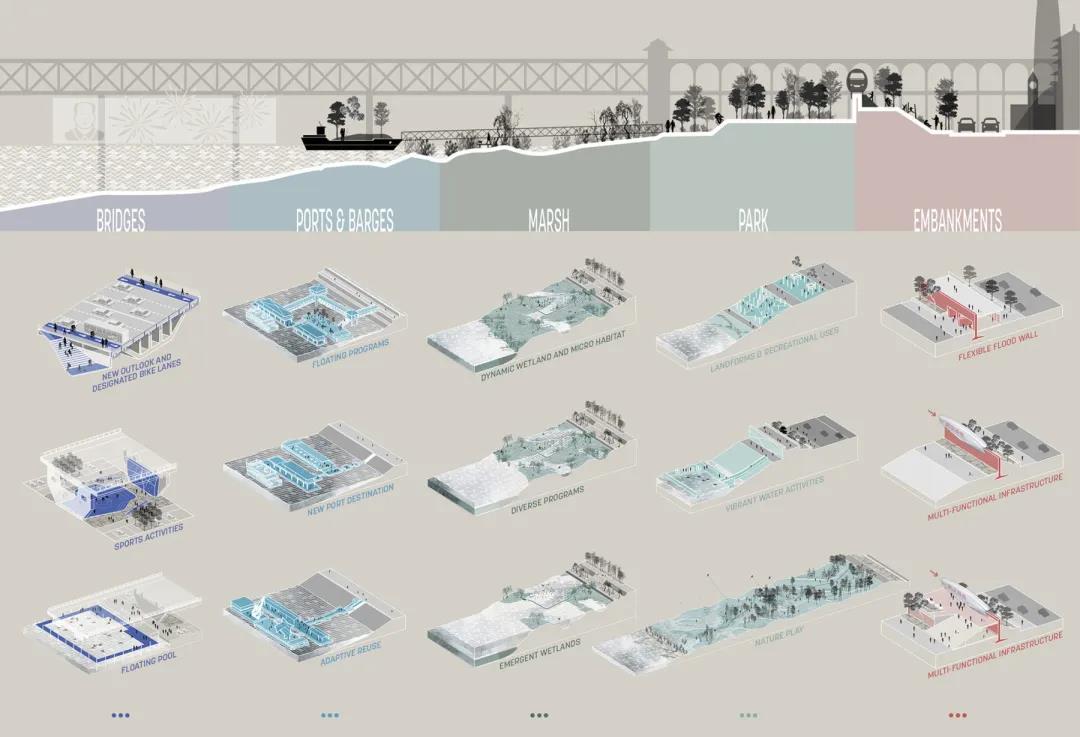
We often choose ecological landscape over engineer solutions, even if they are simpler, or they look cleaner. There's messiness that comes with a kind of ecology and habitat, and so we need to shift our own standards of what we find beautiful.
Maybe it's not aesthetically perfect, manicured, overly kind of humanized landscape. Maybe it is about shifting our perception that a landscape to be beautiful should be serving an ecological purpose and providing a home to other animals and wildlife beyond humans. I think the same comes from a discussion about economics versus equity. I don't think that all economically successful projects are just those that appeal to the one percent, the richest people who can afford to live there.
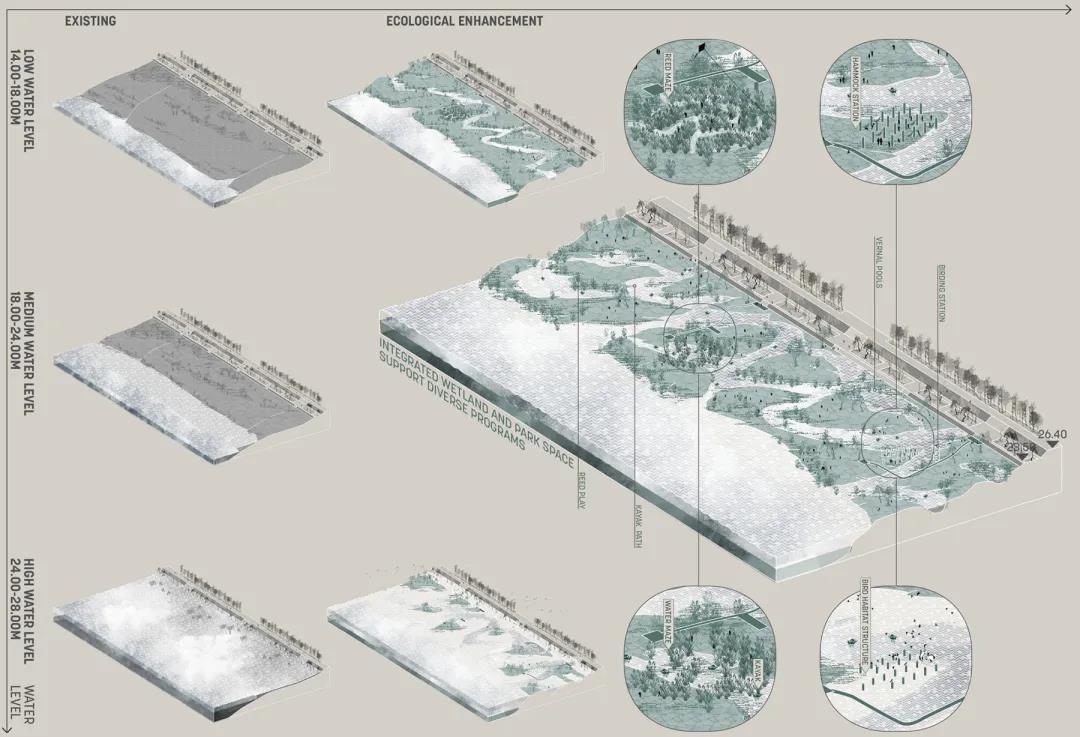
I think that creates stagnation. It might be great for a developer in the short term, but in the long term you are not creating a space that all people of the city value that they want to be in that sense of vitality.
And so when you look at a project through kind of a lens of equity, to make sure that there can be an experience that all people can enjoy, whether it's the person buying the ten million dollar penthouse or the lower income family that can live also in the same building and have similar experiences, I think we need to focus on a kind of human society as all having the same goals. I'll being interrelated much in the same way that an ecology and humanity are related as well. So to me they're not complex. There are opportunities to find creative solutions, integrate them all together.
Interview by ARCHIWORLD
